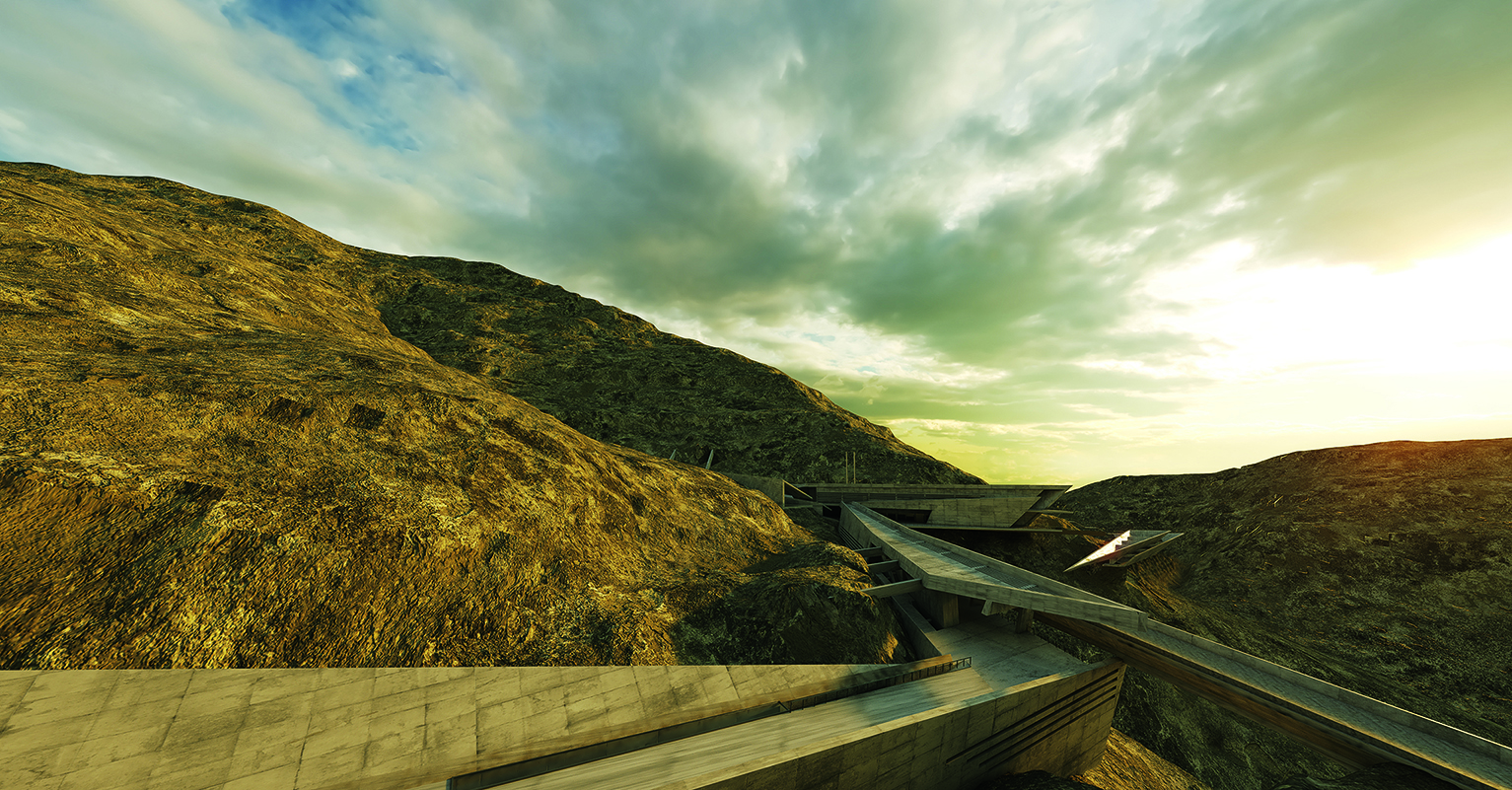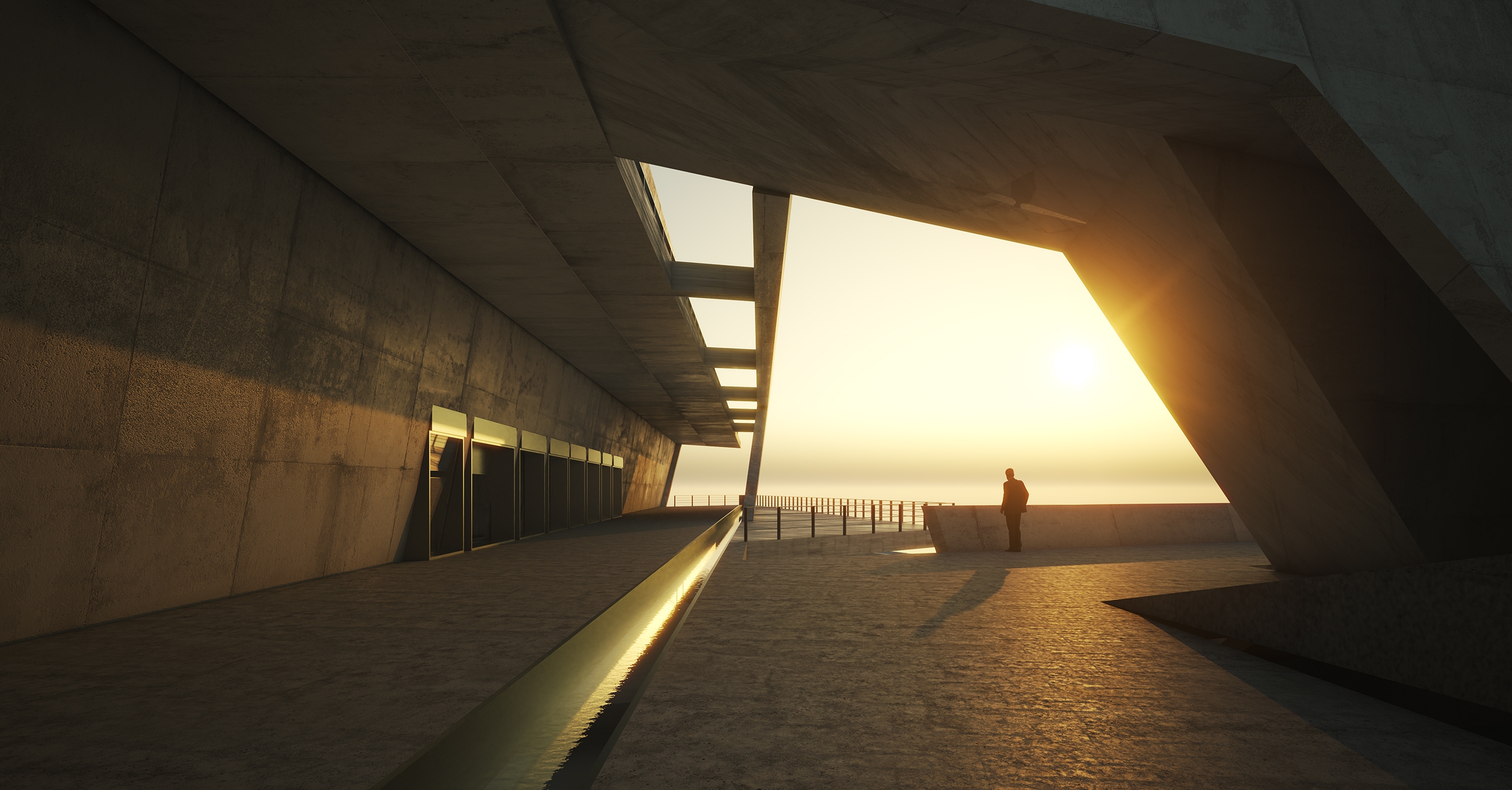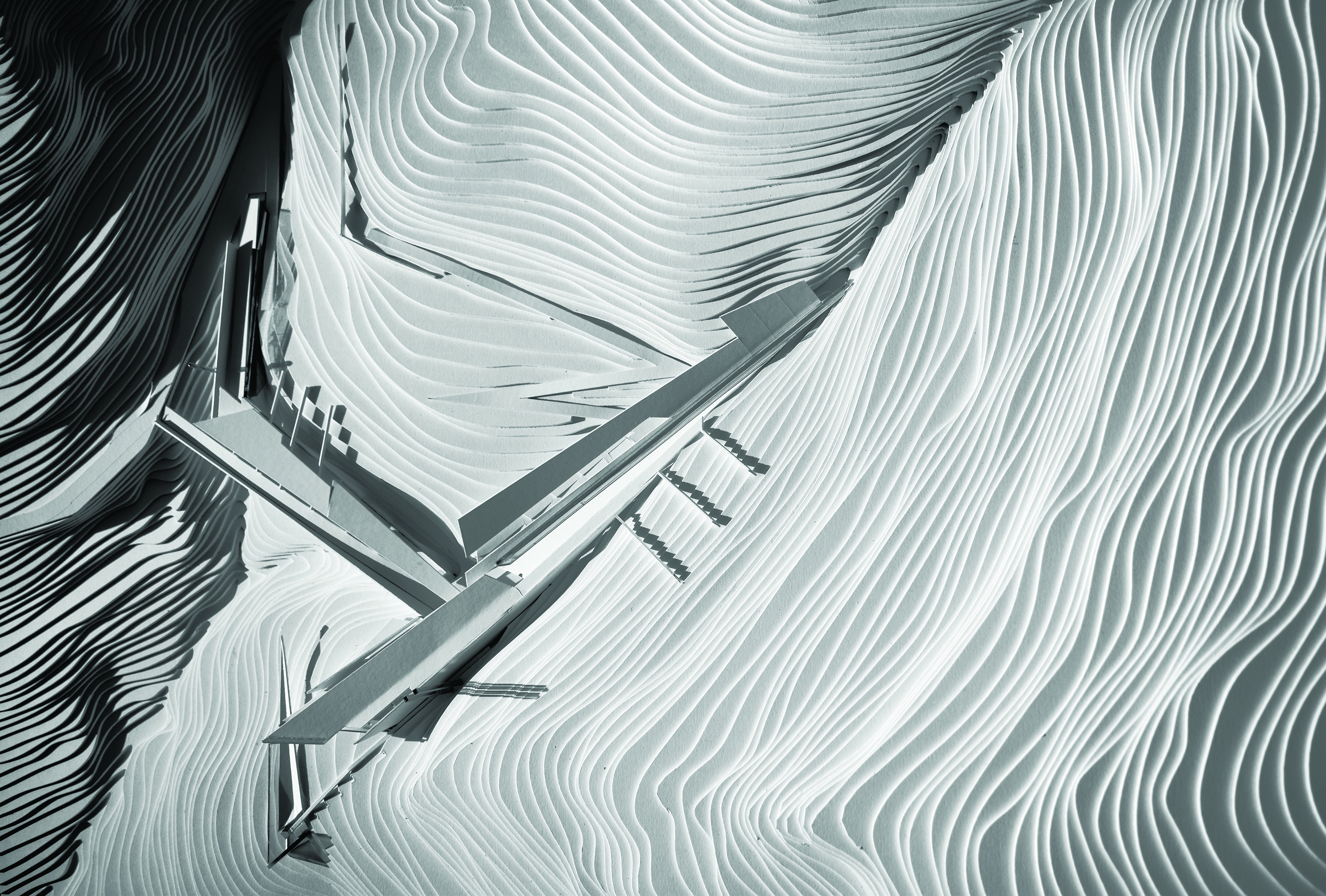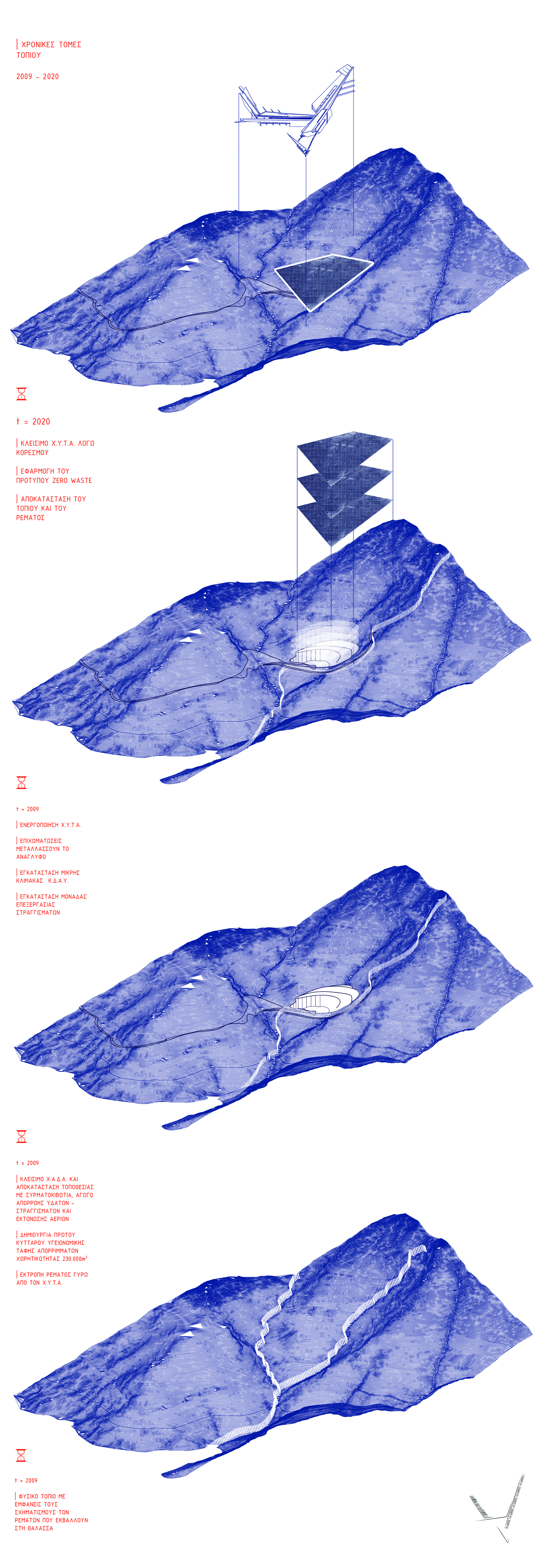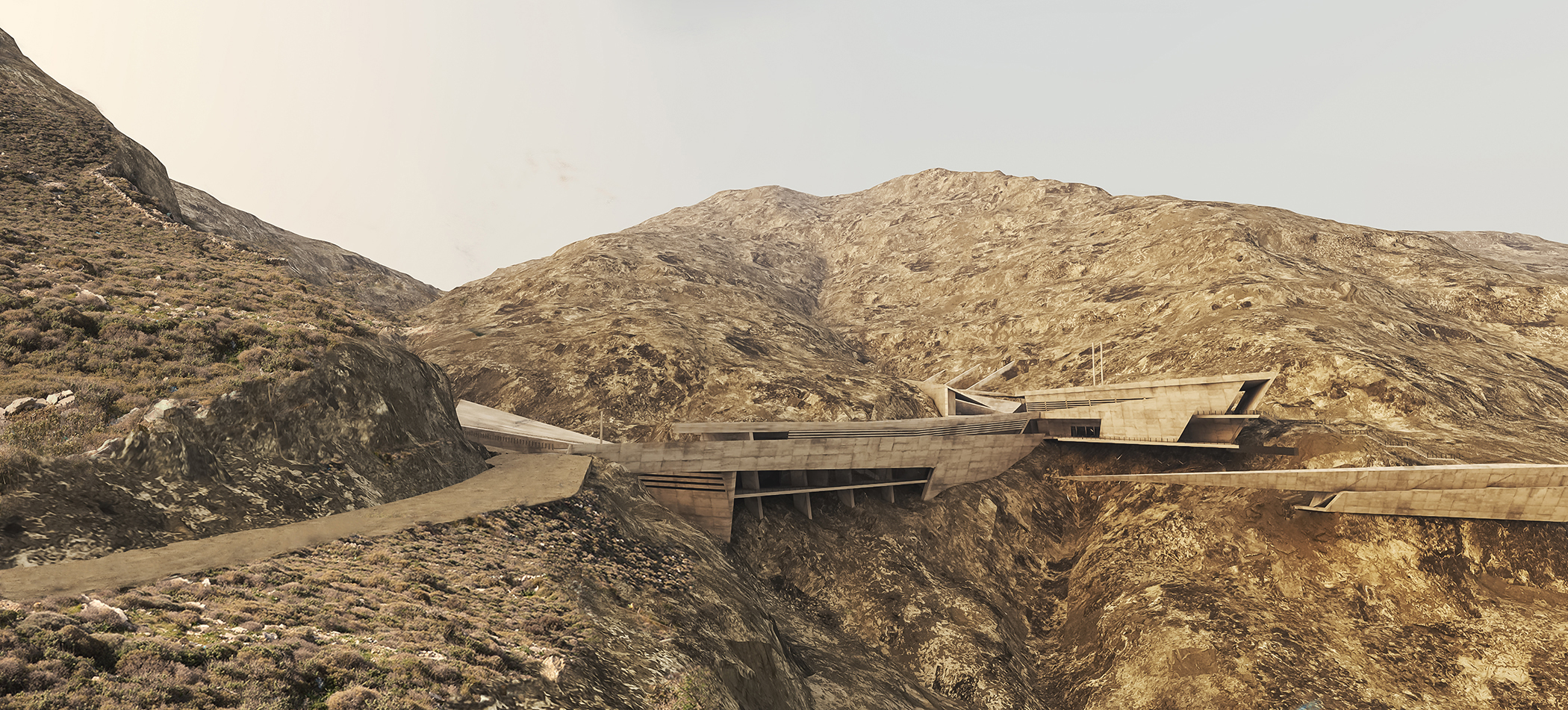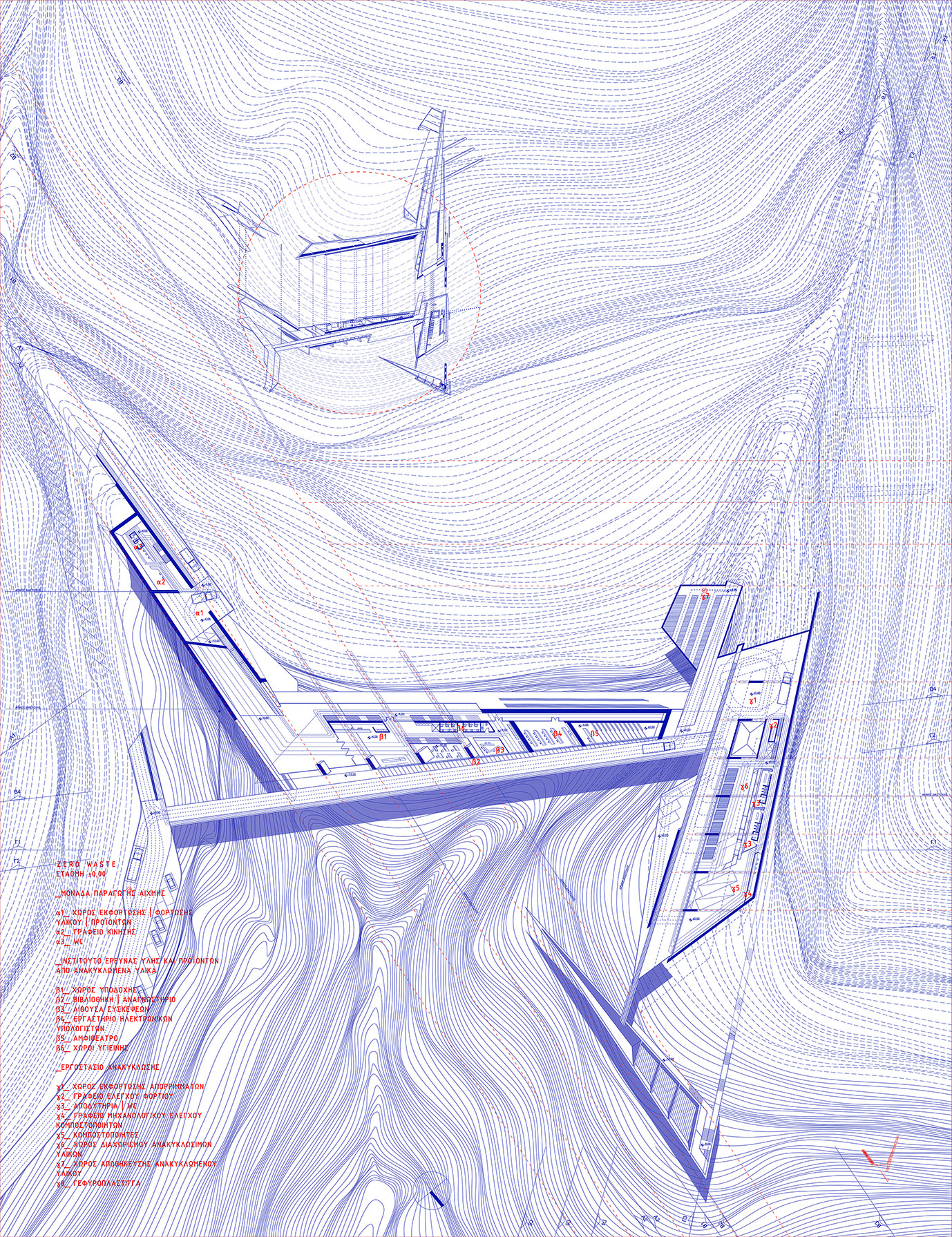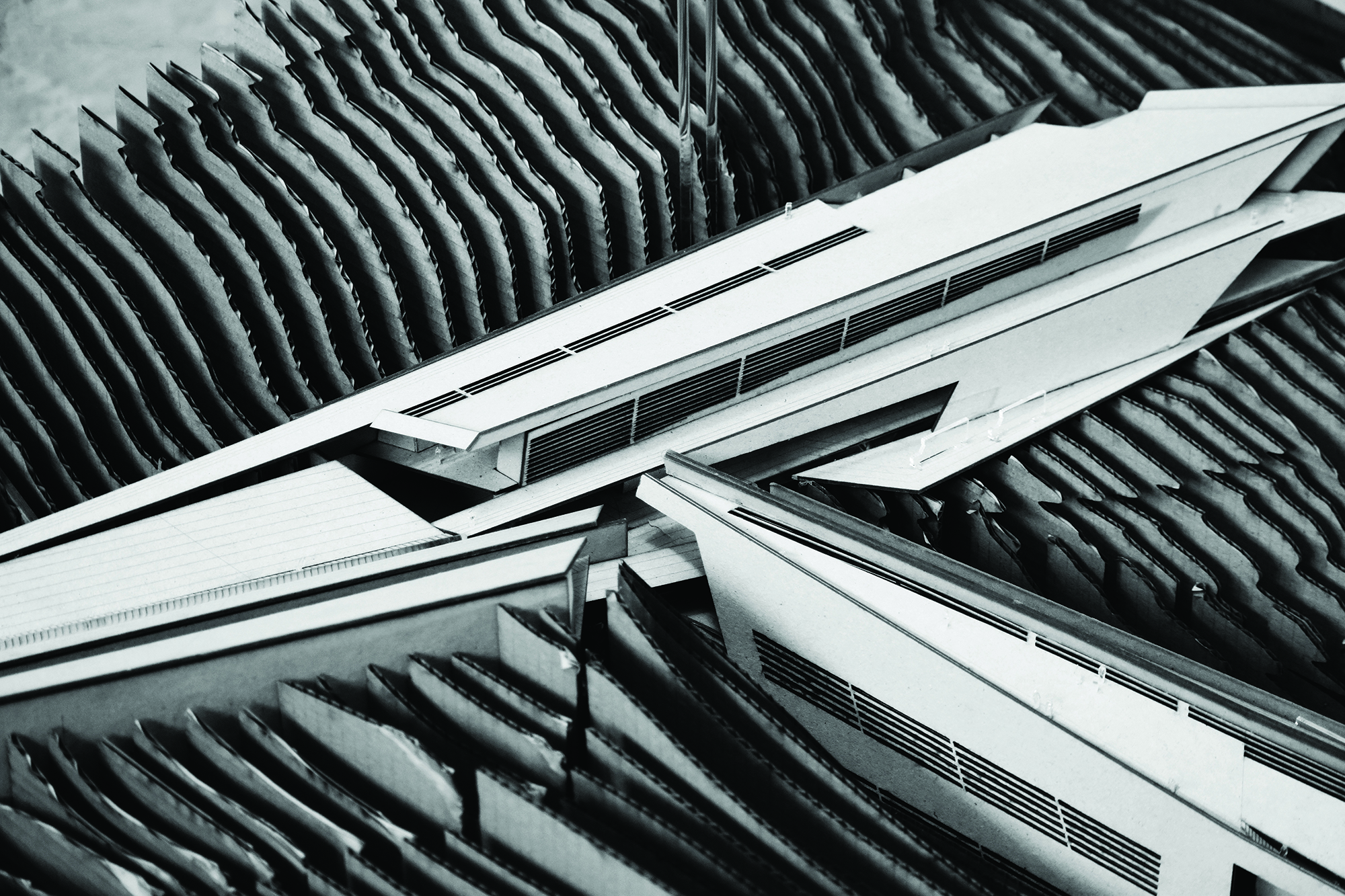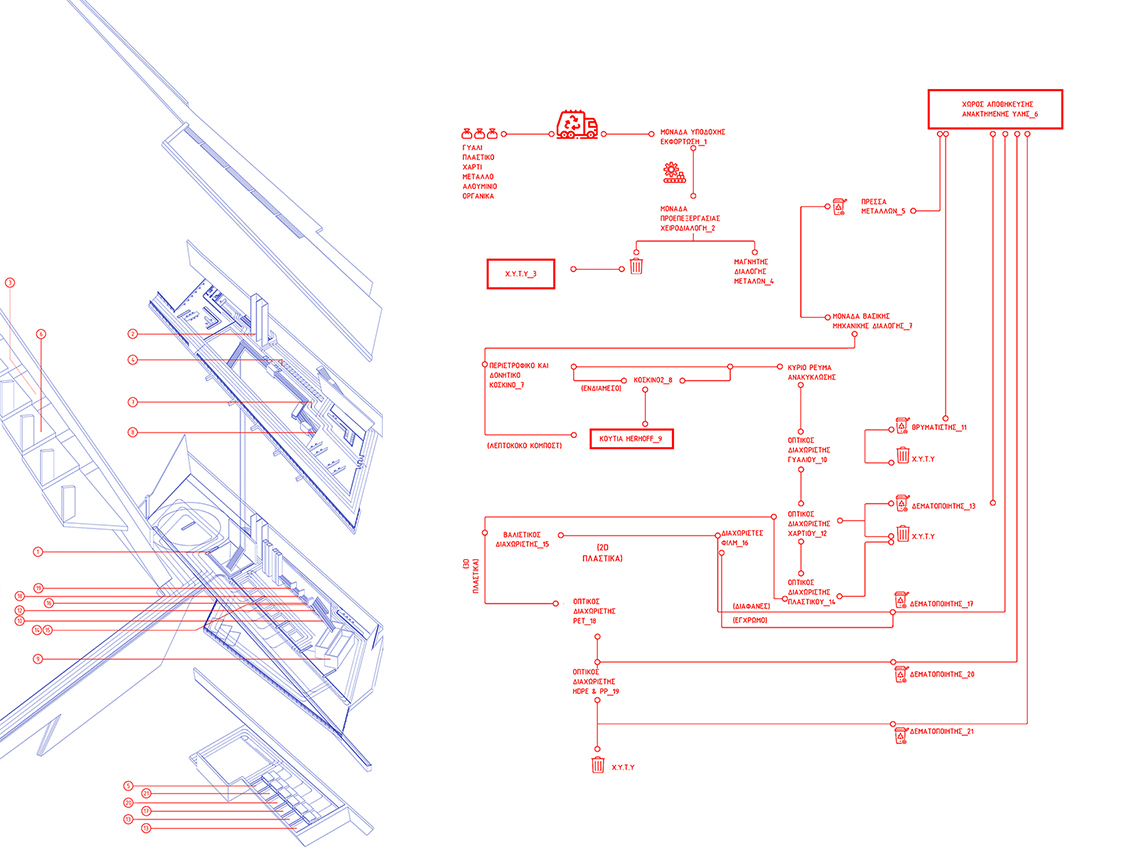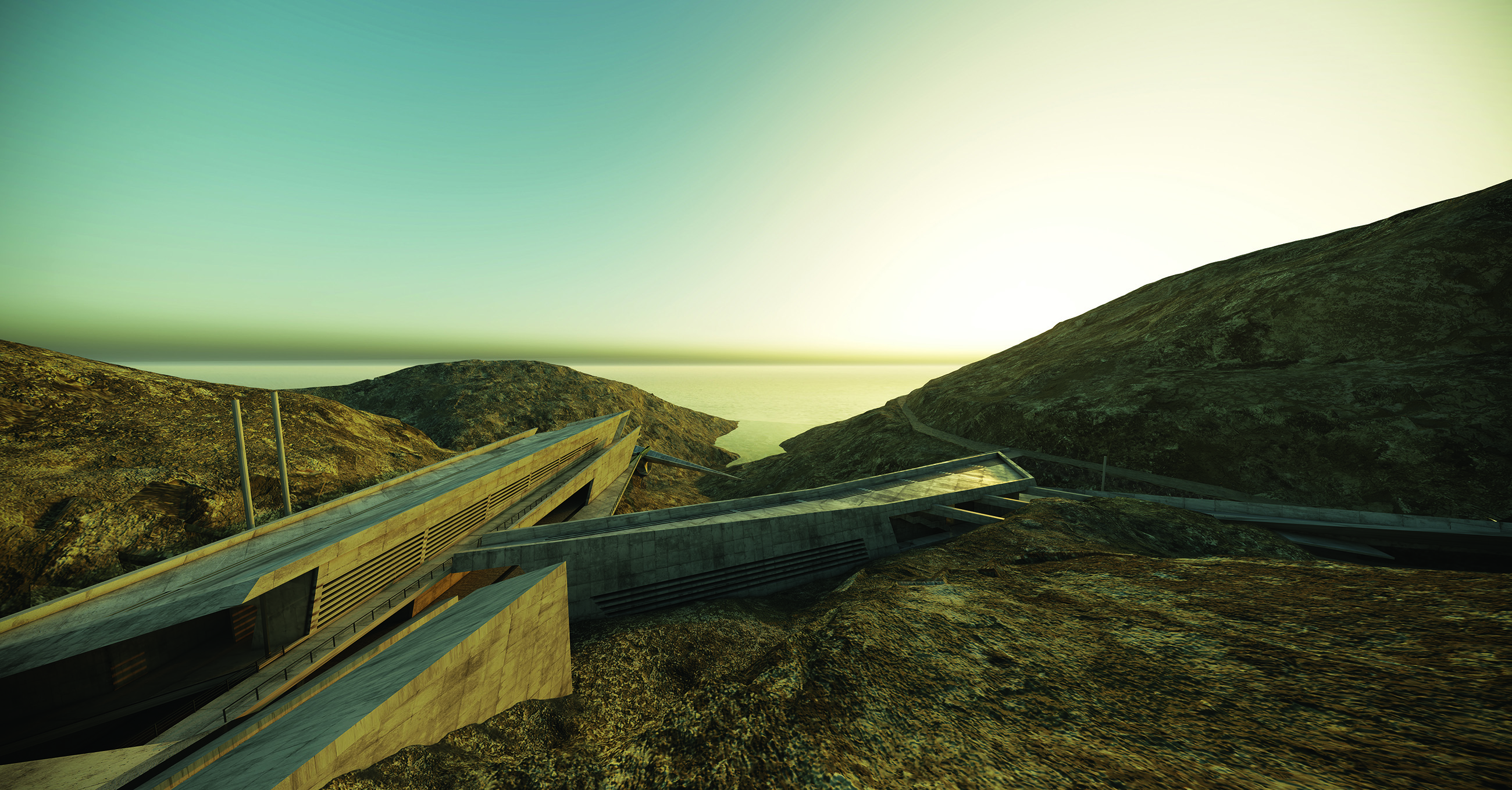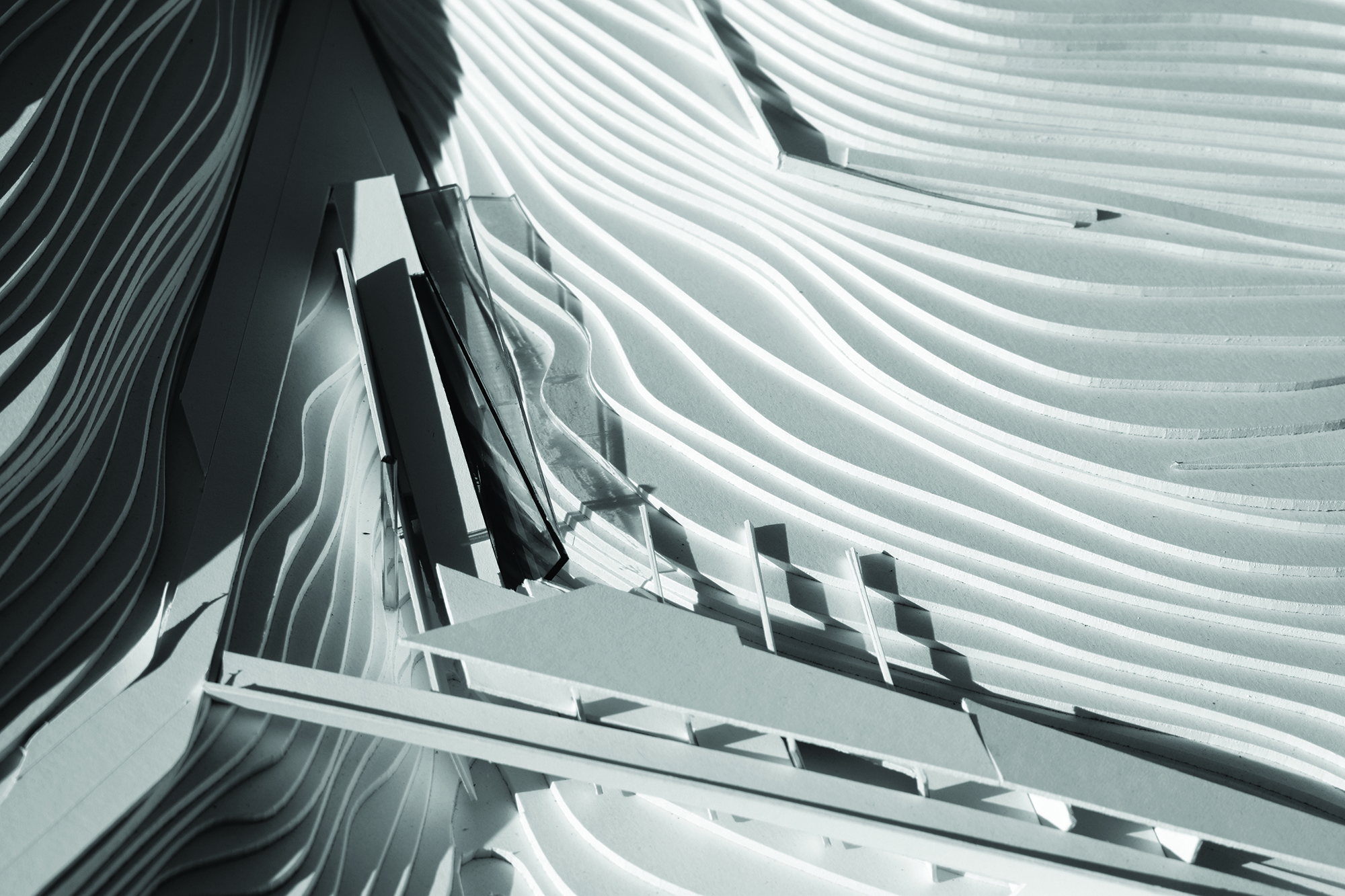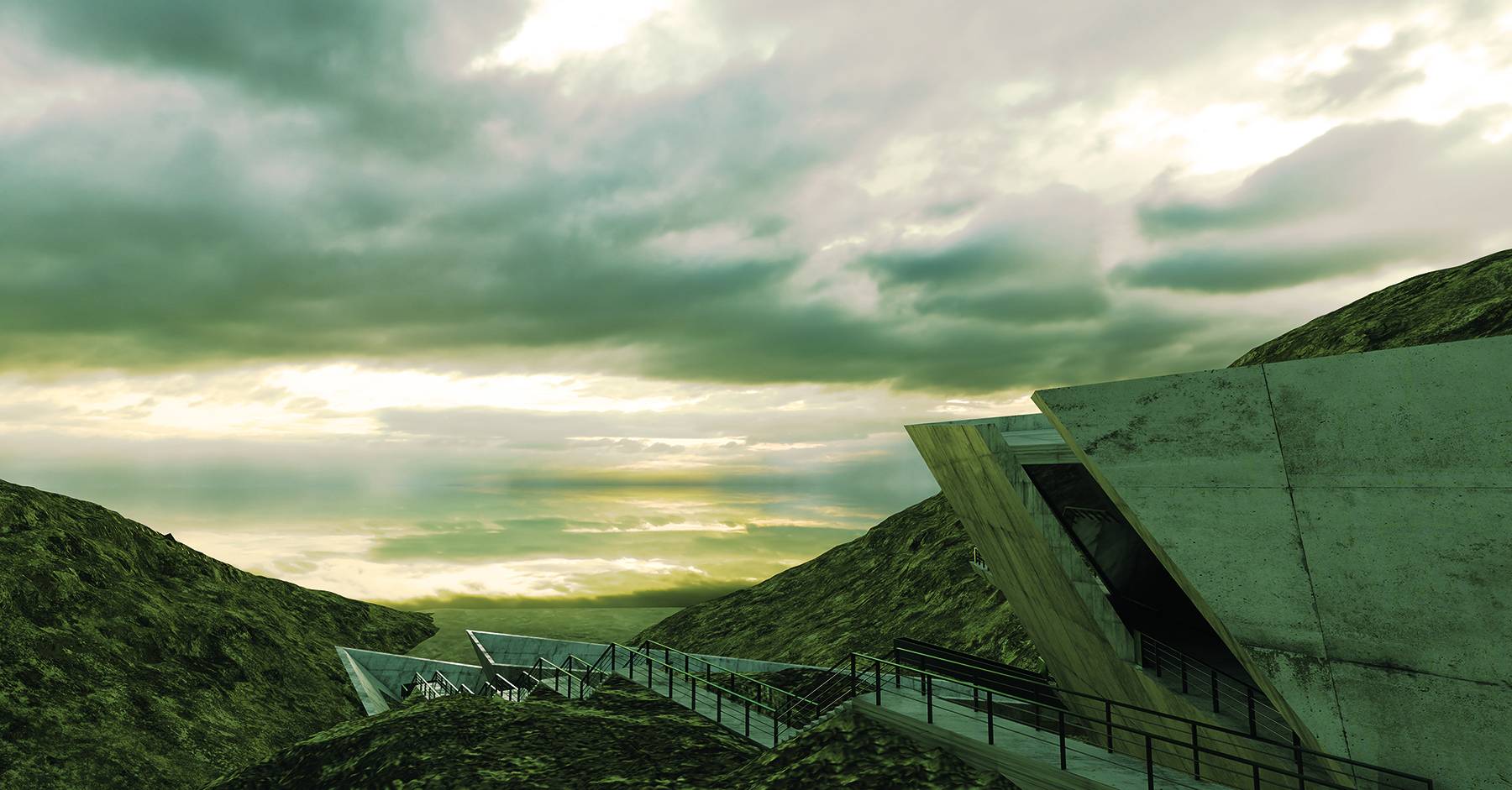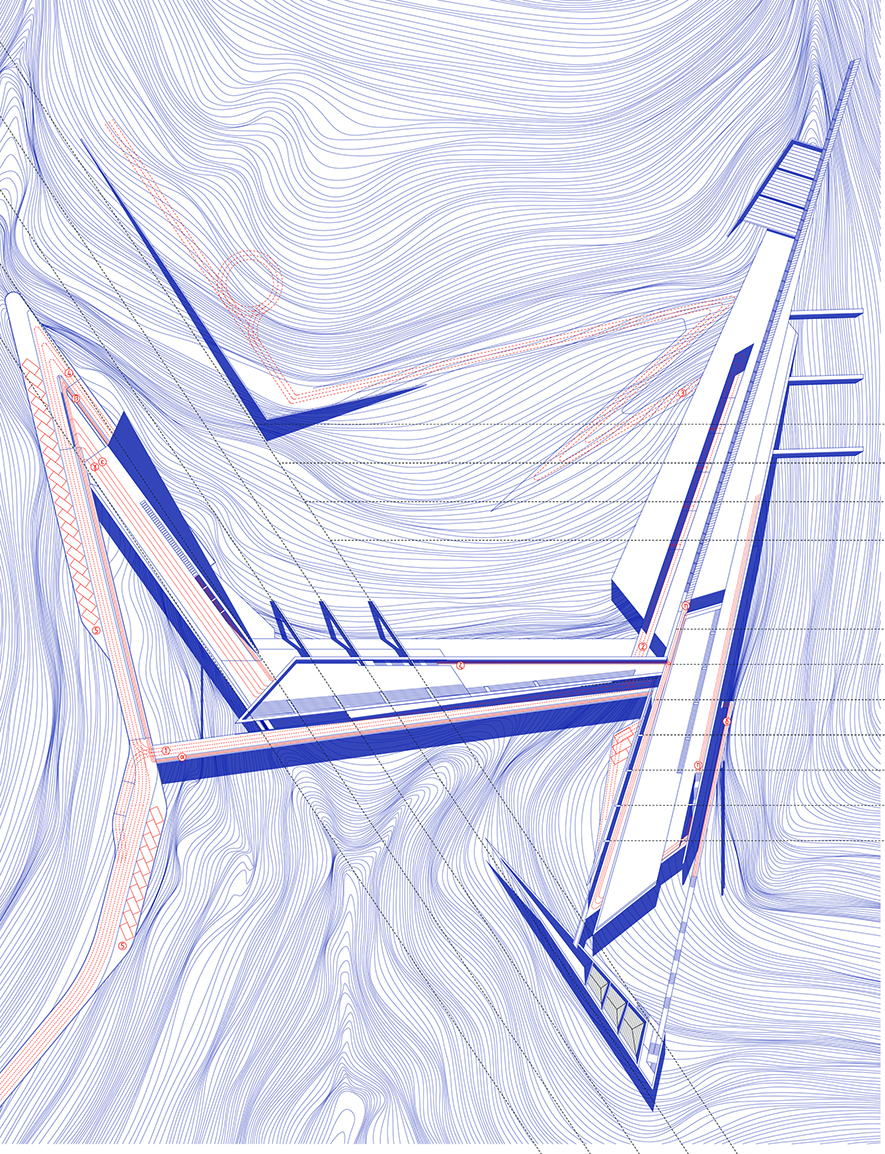This design thesis proposes waste recovery in order to create a sustainable community. It suggests the full function of a prototype system of Circular Economy, beginning from waste recycling. Zero Waste Prototype emerges as a model for the implementation of this system of reception, processing and reintroducing of garbage.
Project Area
The island of Syros serves as the ultimate paradigm for the realization of this prototype. The reasons behind this decision concern all the special elements that highlight the uniqueness of this island among the Cyclades complex, together with its typical characteristics that Syros shares with the majority of the rest Greek Isle Communities. More precisely, it’s the highest populated island of Cyclades, while also functioning as a local administrative hub, house to a great number of public services. At the same time, Syros sustains some important production activity, mainly because of the shipyard and some local industries, while it is also home to some schools of higher education. On the other hand, Syros emerges as a typical case of a Greek island, welcoming a substantial influx of mass tourism during the summer months, shows a constant decrease of production activities and a shift of the local economy towards the services sector.
In this context, the island’s waste management, despite some individual initiatives, follows mostly outdated methods, with the situation aggravating during the summer. On the occasion of the local landfill overflowing and the simultaneous need to deal with a multifaceted problem related to every economic sector, it comes across as an insuperable matter to readdress the garbage as a part of a sustainable economy. Indeed, with the decrease of raw material quantities, the following rise of their price, along with the additional transportation cost to the island, the linear economic model of Creation – Use – Disposal, appears to be outdated and unsuitable for the modern reality. At the same time, the landfill is transformed into a quarry of the 21st century, while the garbage constitute the precious raw material.
Towards a new Circular Economy
Thus, we suggest the exploitation of every economic dynamic of Syros, in the context of an organized system of circular economy that starts from waste recycling and introducing it to the production process. Among this system, the product follows superlative circles of Creation – Use – Recycling and is designed with care to the capacity of reuse and disassembly of its parts. So, apart from the recycling factory, the function of a special Institute of research and prototype production comes across as indispensable. This Institute is going to function along with the Department of Products and Systems design Engineering of the University of the Aegean, situated on the island, in order to produce new raw material and products out of recycled material. The products are then headed for mass production through local industries and then for consuming. This circle ends with the product repair or disposal, leading to the recycling of their parts.
Zero Waste Prototype
Zero Waste Prototype is the actual infrastructure for this scenario of receiving, processing and reintroducing waste on the island, including the Recycling Factory, the Institute of research and prototype production and an Industrial Unit, functioning exclusively with recycled garbage. The establishment is to be placed at the overwhelmed landfill of Syros, in the northern part of the island, with the aim of addressing also the recovery of the spot.
The intervention area is defined by three major rainwater streams leading to the sea, along with some significant installations for the waste management. Placing the landfill at this area, has led to the diversion of the middle stream and the creation of a grand flood – proof canal, causing even greater damage to the site. The restoration begins by reintroducing the streams and controlling rainwater. For this purpose, the building itself is placed along the streams and at their meeting point, functioning as an organized system of water tanks able to receive falling water, while being an actual part of its circulation.
At the same time, those previously mentioned land shifts, define an area in motion that any conventional way of describing fails to transmit its ephemeral character. We suggest, the reconstruction of the major intervention areas through sections – frames of space and time. These sections overall define the land geometry that is about to receive Zero Waste establishment. Depending to each ground model, land geometry is translated to surfaces which are going to house the various functions. Thus, three main space objects are created, the Fold, the Bridge and the Barrier, respectively responding to the Recycling Factory, the Institute and the Industrial Unit.
Flows of material, water, people and vehicles define the function of Zero Waste. In the end, it emerges as the center of matter, where waste undergoes several reintroducing steps, in a space open to the public, a place of innovation, not excluded to some off-limits area, but at the very heart of the local community activities.

